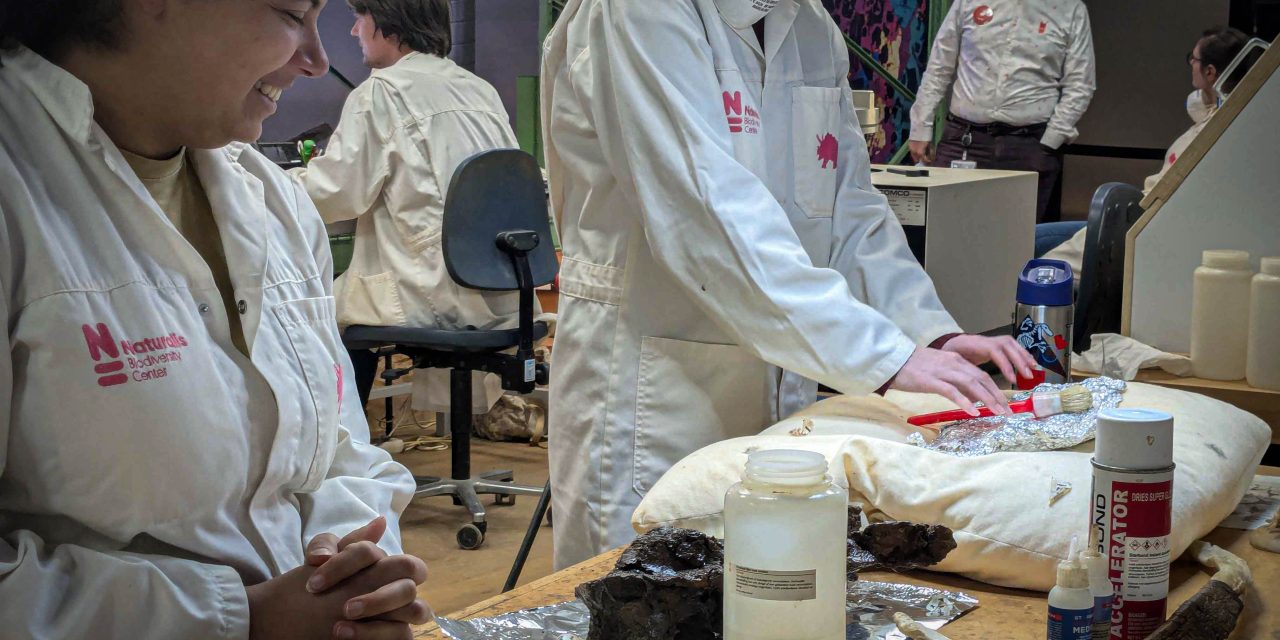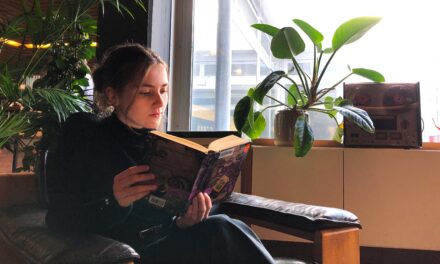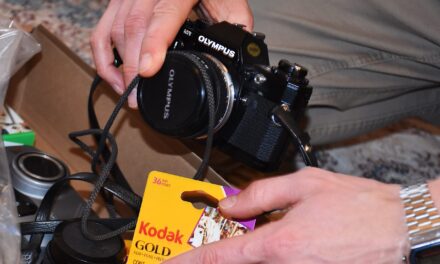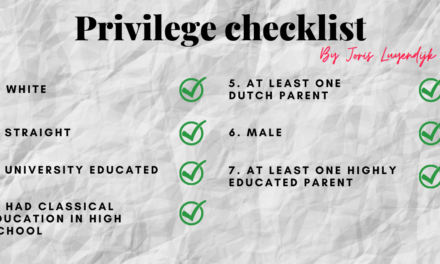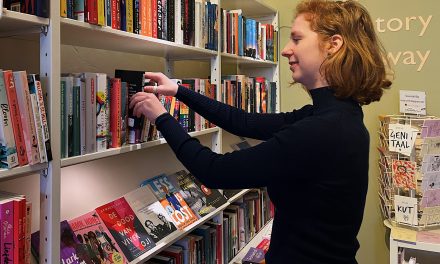In the heart of Leiden, the Netherlands, the Naturalis Biodiversity Center stands out by mixing scientific research with a fun visitor experience. More than just a museum, Naturalis is a lively place where researchers and visitors meet, sparking kids’ curiosity through playful activities while staying true to serious science.
An Experience Designed to Spark Children’s Curiosity
For Yasmin Grooters, a preparator at the museum’s DinoLab, one of Naturalis’ main goals is to make science easy and fun for children:
“We try to make things as approachable as possible by offering interactive experiences. For example, in the triceratops exhibition, children can spray-paint their own dinosaur model. This gets them thinking: What colors could these animals have had, and why?”
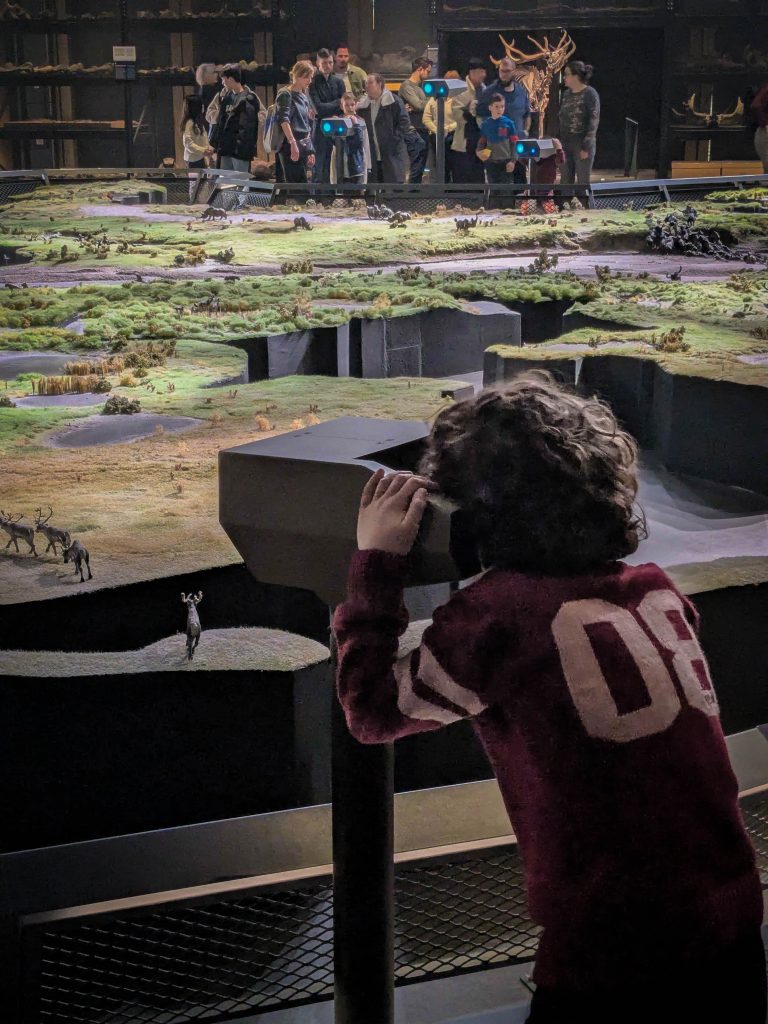
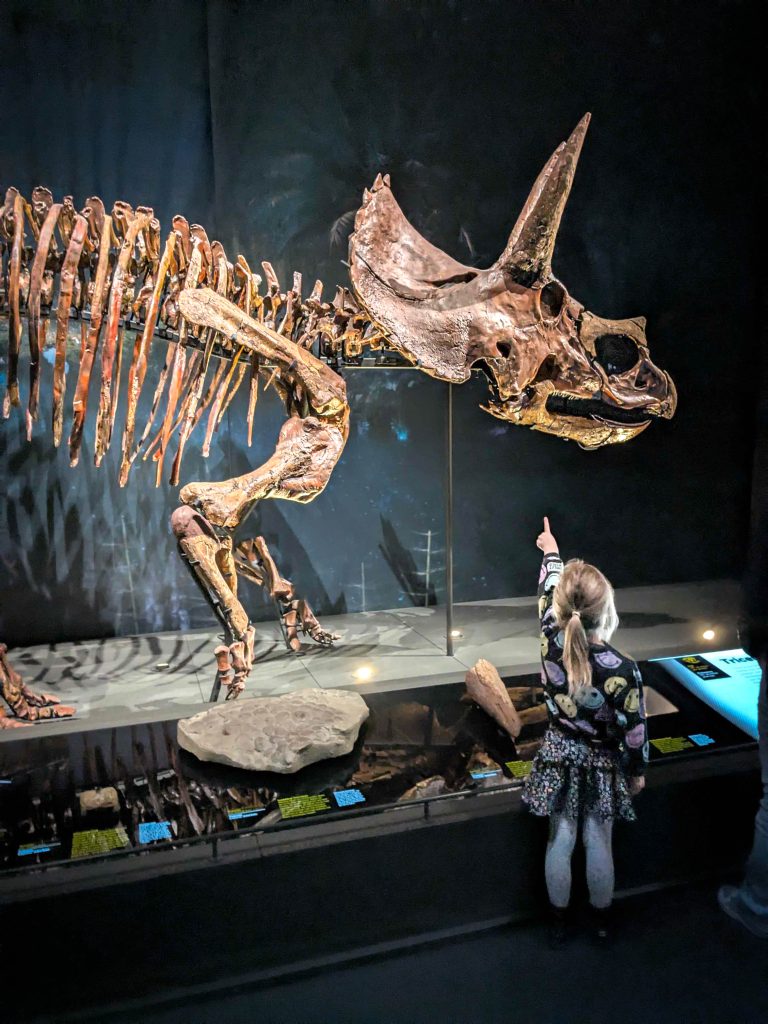
A New Building Enhancing Research and Public Engagement
When the new building opened in 2019, it changed the way Naturalis connects research with visitors. The museum introduced an open lab concept with the DinoLab, where people can watch scientists at work in real-time.
“We want to show visitors that creating a complete triceratops skeleton can take up to 10,000 hours. People often see the finished skeleton but don’t realize the long process behind it.”
This setup brings researchers closer to visitors. Regular presentations let scientists and students share their discoveries and projects, like ‘ARISE’, which maps Dutch biodiversity.
A Museum That Tells a Story
Naturalis is built as an immersive journey through Earth’s history. Unlike old-style museums that just showed collections, Naturalis creates an experience. Visitors start in the Hall of Life, going from ocean depths up to the skies, passing exhibitions about the Ice Age, dinosaurs, and even deeper thoughts on death and nature’s beauty.
“Museums have changed: they used to be spaces for researchers to compare collections. Now, Naturalis is more of an adventure designed to captivate and teach.”
The death-themed room, for example, brings out different reactions based on age. Young children often find it fascinating, while older kids might first feel scared before appreciating its meaning and beauty.
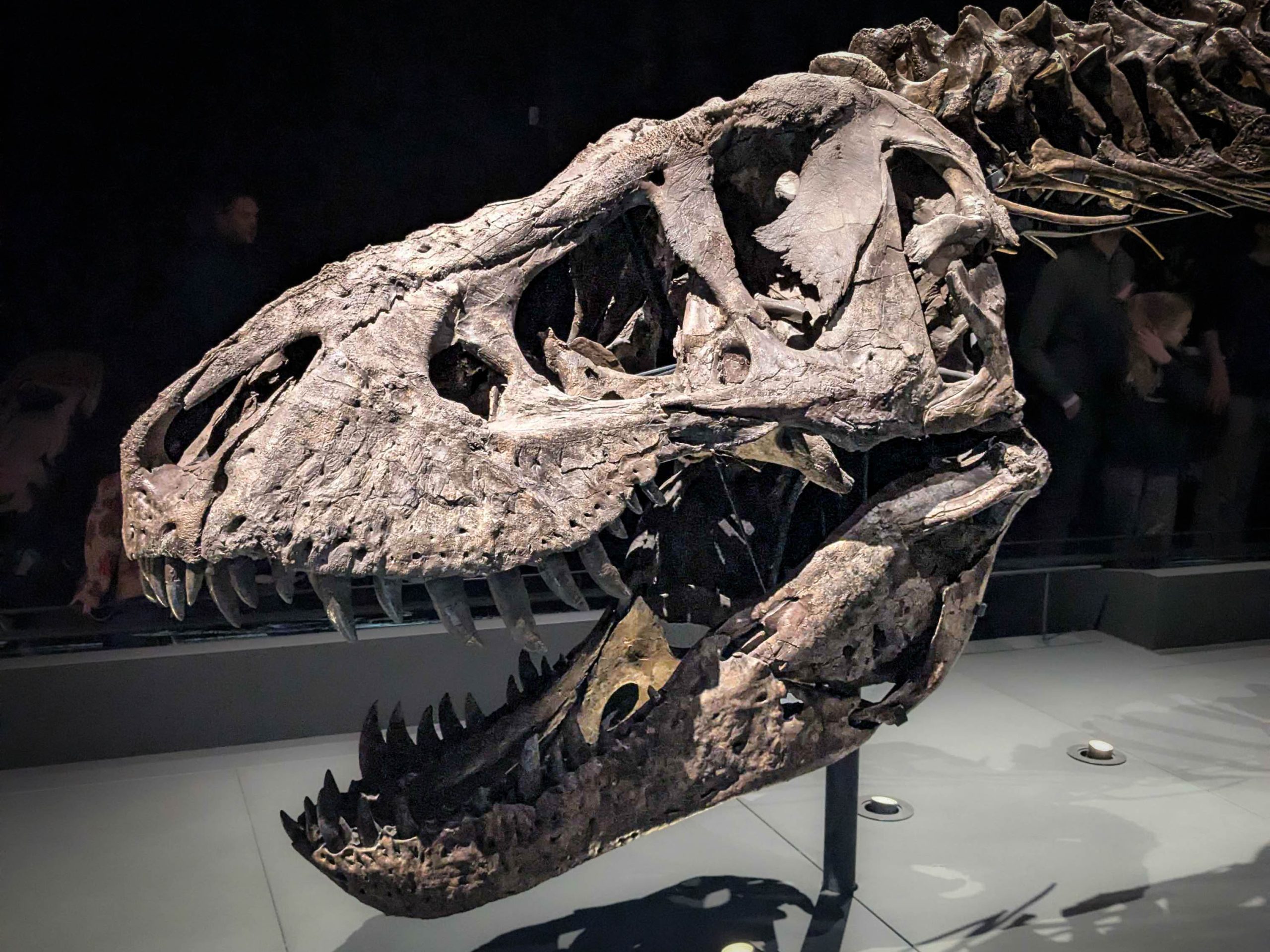
Trix Skeleton – Photo by Noé Valais
Research at the Heart of the Museum
The new building also makes it easier for researchers. With labs inside the museum, scientists can collaborate more effectively and interact directly with visitors. Their work is visible to all, creating a direct link between research and the public.
“We try to inspire the next generation of paleontologists. That’s one reason the DinoLab is open seven days a week: preparing fossils takes time, but it also helps motivate future scientists.”
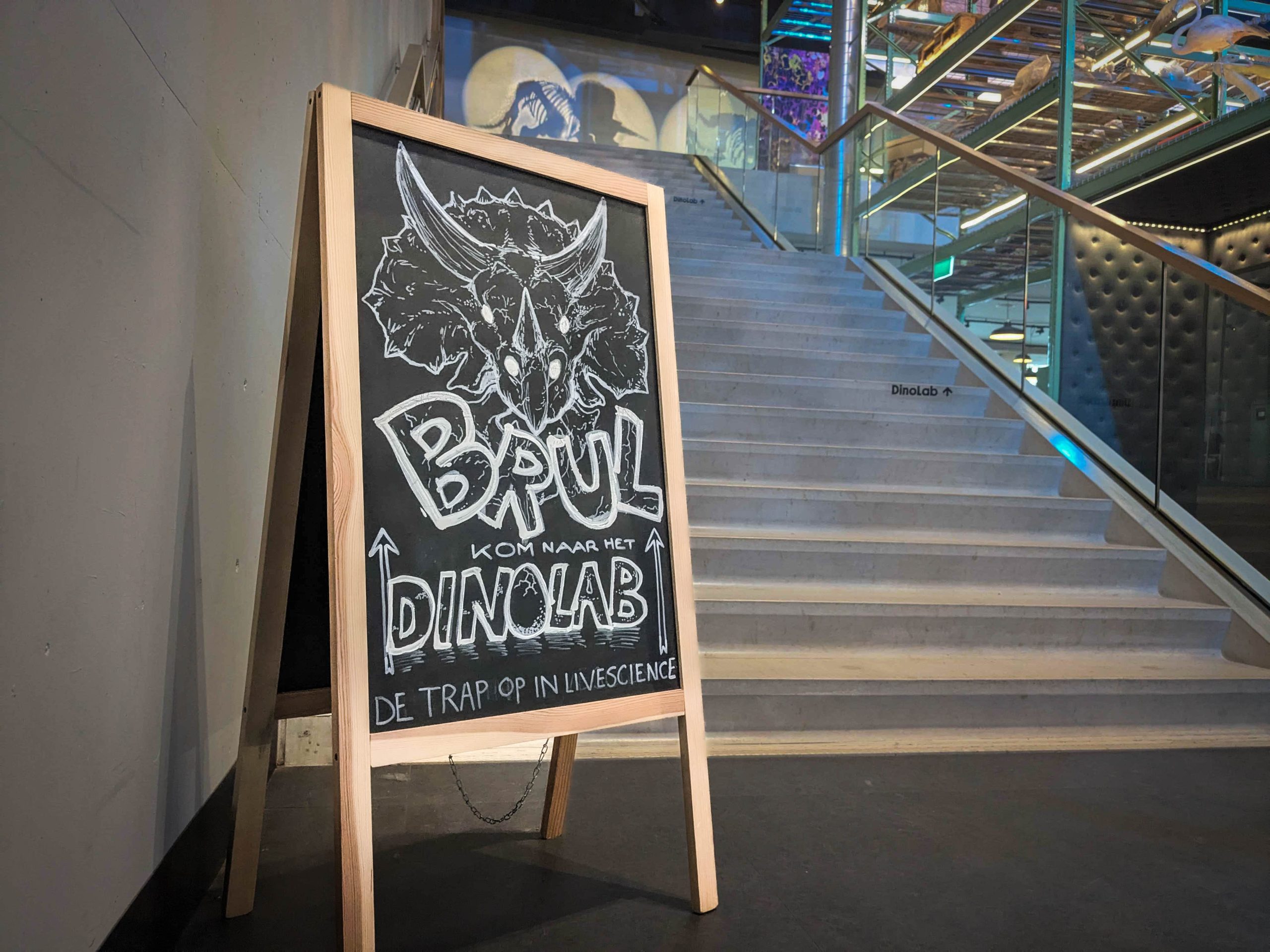
DinoLab sign – Photo by Noé Valais
A New Vision for Scientific Museums
Naturalis shows how science museums have evolved—they are no longer just quiet places full of objects but lively spaces for sharing knowledge, inspiring wonder, and encouraging participation. Through interactive exhibits, open labs, and approachable researchers, the museum successfully combines scientific rigor with the joy of discovery.
This special mix of science and culture creates a dialogue between generations, sparking curiosity in young visitors while giving adults a deeper reflection on life’s history and the beauty of biodiversity.
